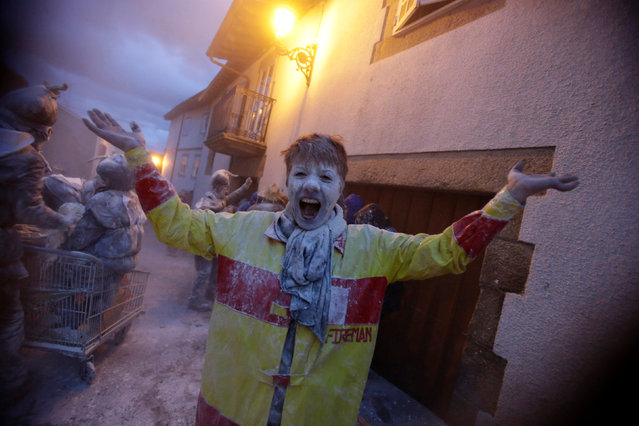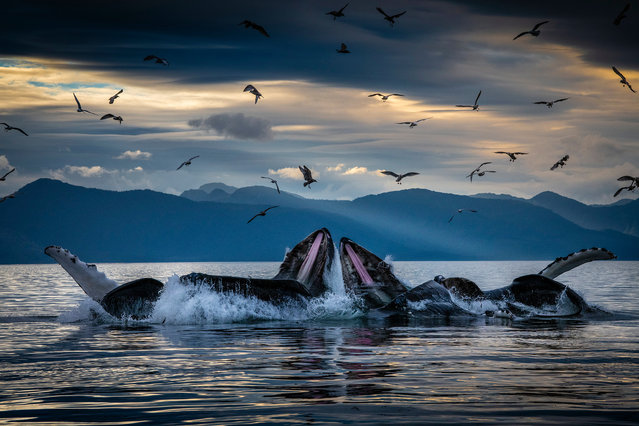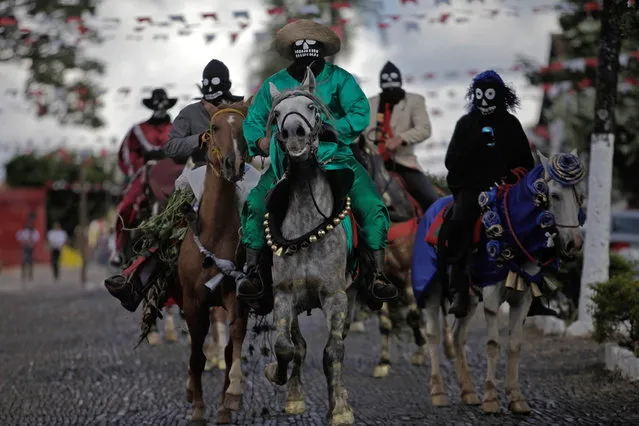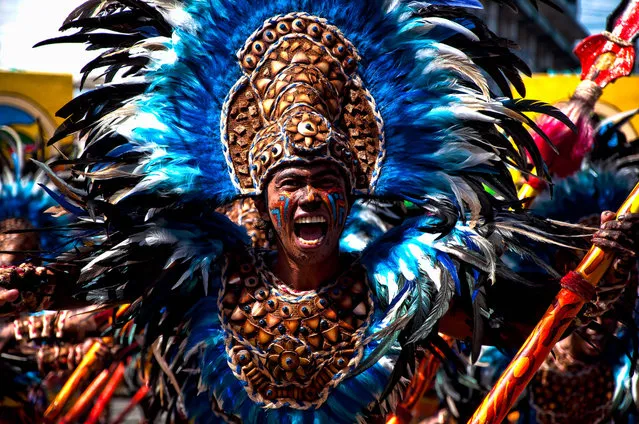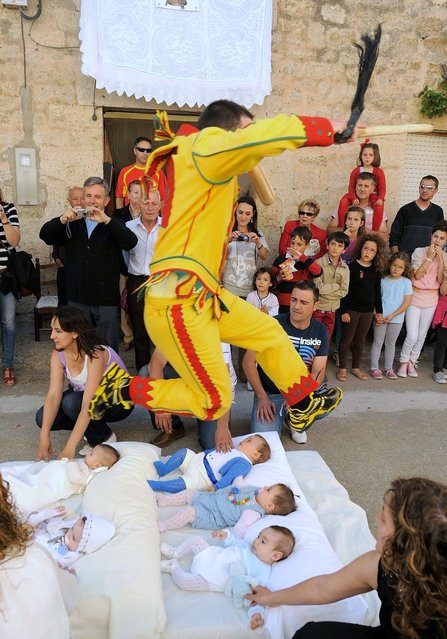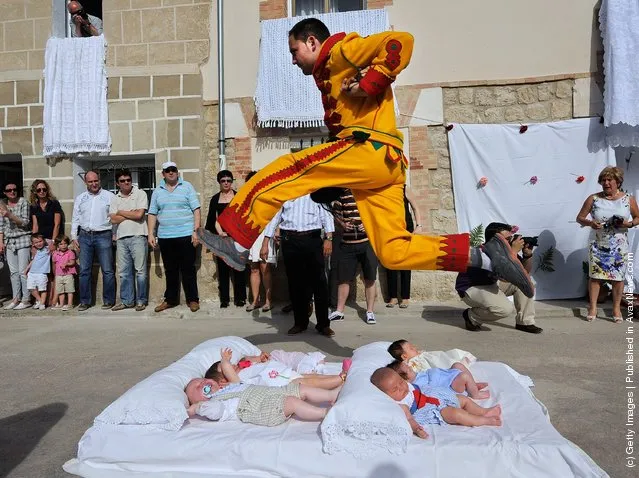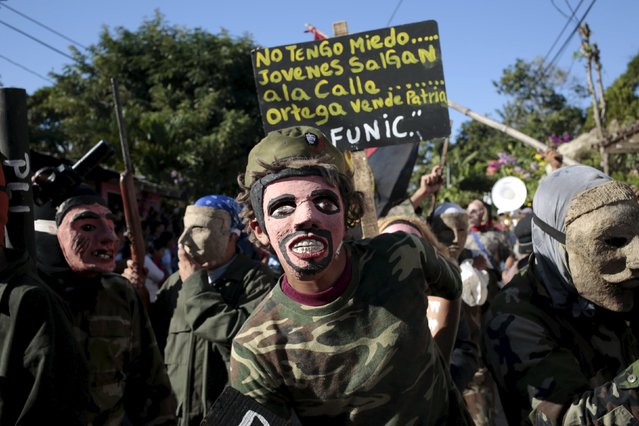
Men wearing masks and dressed as military members take part in a festival honouring San Silvestre, in the town of Catarina, Nicaragua January 1, 2016. The placard reads, “I'm not afraid, young people off the streets, Ortega you sell our country”, in reference Nicaragua's President Daniel Ortega. (Photo by Oswaldo Rivas/Reuters)
04 Jan 2016 08:05:00,post received
0 comments


